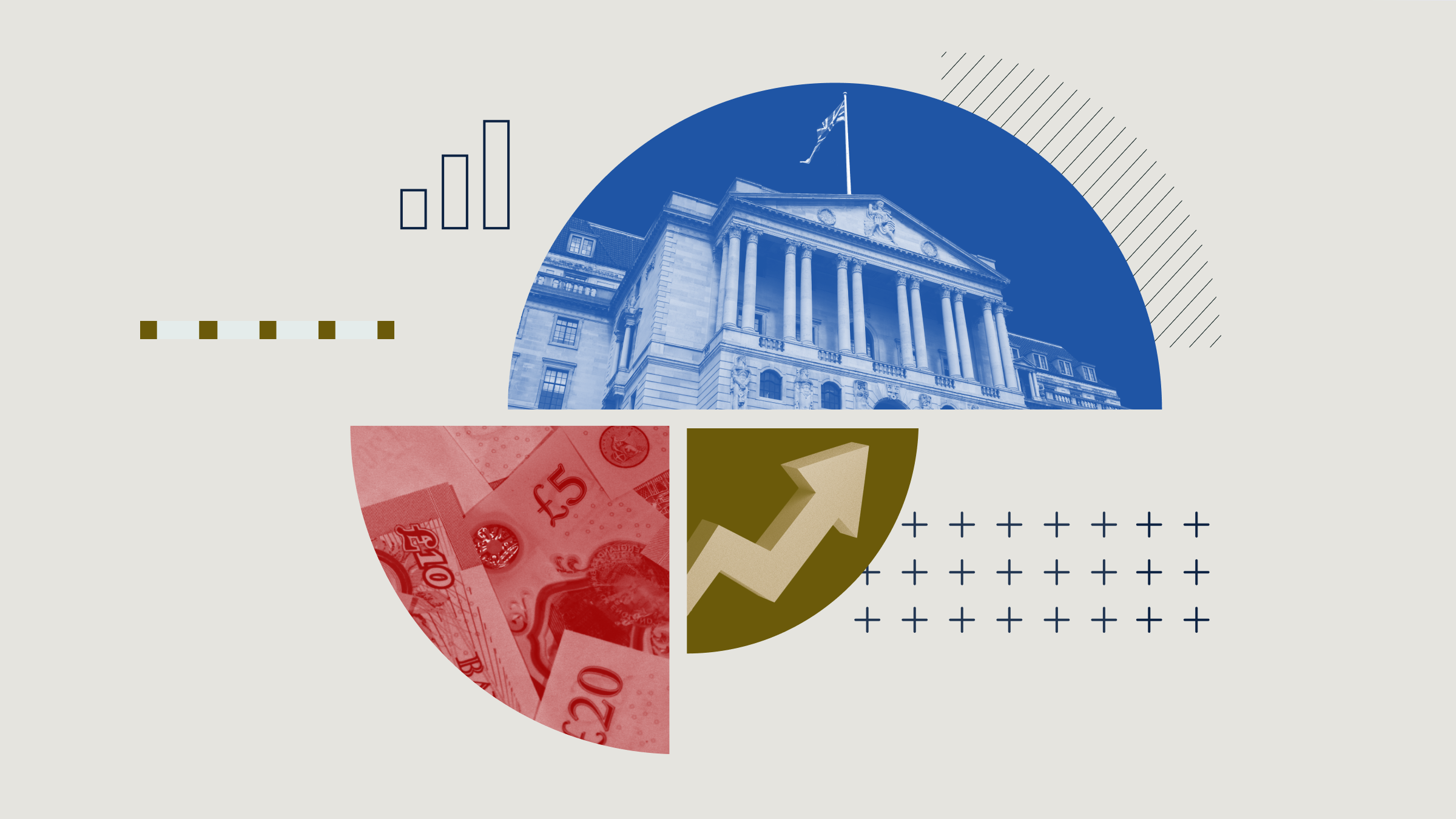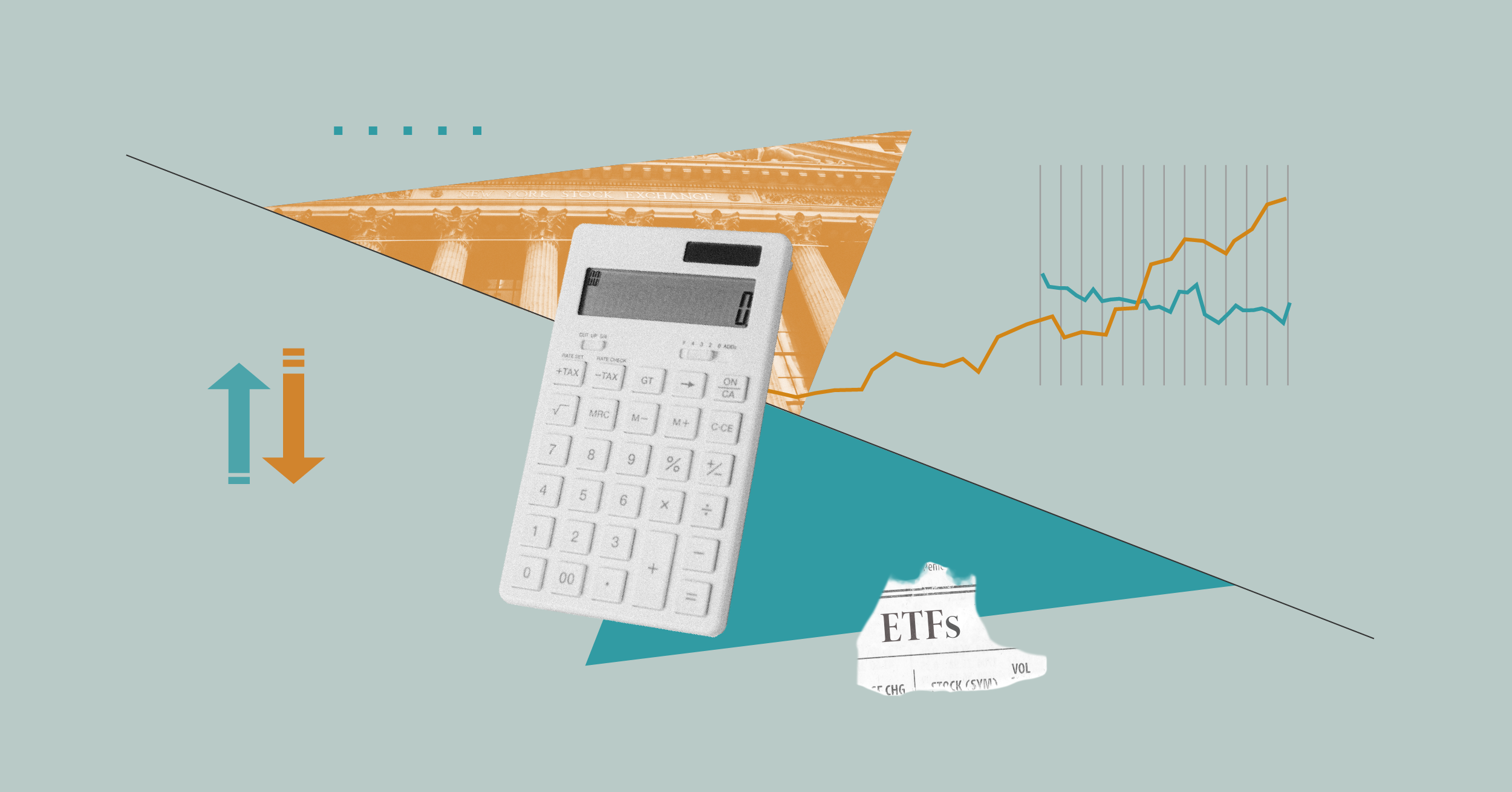
The meaty gains offered by high yield bonds make them a tempting investment proposition, but the greater rewards come with a greater risk attached.
Years of ultra-low interest rates have inevitably led bond yields to fall. As a result, many investors have found themselves moving up the risk scale to generate an income that beats inflation.
Gene Tannuzzo, deputy global head of fixed income at Columbia Threadneedle, says: “When I started a career in fixed income, I didn’t think bonds would ever not pay anything. Investors look to bonds for safety and income, but rates are negative across Europe, so where do you go?”
Before the financial crisis, it was not unusual for high yield bond funds to offer double-digit yields as well as healthy capital gains, but today you need to look to this part of the credit spectrum just to beat inflation.
Thomas Moore, manager of the Invesco High Yield fund, adds: “High yield has been one of the only areas where there is any income to be had. You really have to look at the spicier end of equity income or go into emerging market debt to get a similar yield anywhere else.”
But investing in this space means lending cash to companies of a lower credit quality; this part of the market is where you hear the words “junk bond” bandied about. These are often businesses with higher levels of debt and less cash on the balance sheet, making them more likely to default and not repay their loans. And that means capital losses for investors.
In an environment of ultra-low interest rates, that hasn’t been a huge risk for investors – just like with a mortgage, repayments on loans are easier to manager when rates are low. But if the wheels of the global economy start to loosen, or completely fall off, default rates could ramp up at a worrying rate.
Rising Debt Levels
One of the main problems is the amount of debt in the system. Low interest rates have meant it has been incredibly cheap to borrow money in recent years, so companies have been doing so – using the money to grow their business or fund acquisitions.
As well as that, many companies are having to cope with the effect of trade tariffs weighing on their profits or limiting their ability to export, while record high rates of employment mean they are having to pay their staff higher wages as well as shelling out for modern economy costs such as cyber security.
As costs increase and profits fall, more defaults are likely. Already this year the UK has seen the collapse of tour operator Thomas Cook, Mothercare UK go into administration and myriad profit warnings from blue chip businesses downgrading their earnings forecasts for the months or years ahead.
But while there are certainly a multitude of risks to bear in mind when moving up the risk curve into high yield bonds, Tannuzzo thinks that easing monetary policy should keep the proportion of defaults low. The Federal Reserve’s decision to lower interest rates at the start of the year has been a boon to this part of the market and emerging countries such as Indonesia have also been cutting rates.
Moore has been finding opportunities in the volatile energy and retail sectors in the UK: “There are worries about retail in general or the outlook for oil, but these assets are quite cheap and we see better quality borrowers being penalised because of concerns about what a messy Brexit will look like.” He believes many energy producers have strong balance sheets and sustainable business models, which makes them good borrowers, but says the market takes a blanket approach, ruling out entire sectors.
“It comes down to the individual borrower,” Moore explains. “If you’re a mid-range retailer on a UK high street then that business model really has been called into question and we’ve seen the likes of Debenhams and House of Fraser restructure their debt; we’ve steered clear of such companies for a long time because we had doubts about whether they would be able to continue to operate.”
However, he does hold bonds issued by Dutch retailer Dutch Lion and digital retailer Shop Direct. Elsewhere, he likes banks and insurance companies, with the bonds of Lloyds Banking Group and UniCredit among the portfolio’s largest holdings. Conversely, he has steered clear of engineering and construction companies after several defaults in recent years, and the fund is light on telecoms and autos companies, the latter in particular may suffer now Germany has entered recession and as trade tariffs start to bite. “In some areas of the market it’s not that we’re worried about companies being distressed, you are just not being paid for the risk you’re taking,” says Moore.
Tilt to the US
Meanwhile, the Silver-Rated Axa Global High Income fund is tilted to the US in its portfolio, which includes bonds from the likes of aerospace firm Transdigm and buildings material business Standard Industries. Co-managers James Gledhill and Carl Whitbeck are responsible for the fund’s US and European exposures respectively.
Morningstar analyst Evangelia Gkeka says the teams have “worked closely and successfully together for many years” and rates their “differentiated, structured and well-executed approach”, which focused on capturing income while avoiding capital losses, helped by a strategy of tending towards shorter maturities in bonds with weaker credit ratings. The fund yields 5.25% and has produced annualised returns of 3.3% over five years.
The Bronze-Rated Baillie Gifford High Yield Bond fund has a lower yield at 3.63% and has delivered annualised returns of 4.8% over five years. It invests in bonds issued by TV streaming service Netflix and German real estate company Aroundtown.
Morningstar analyst Louise Babin particularly likes the fund’s low fees – the ongoing charge is 0.37% - but is mindful that three experienced investment managers left the high yield team last year, including this fund’s co-manager. Babin says: “The loss of experience within the team raises concerns about its ability to execute the process as successfully as it did historically. However, over a full market cycle, it’s cheap fees will give it a definitive advantage over peers.”































